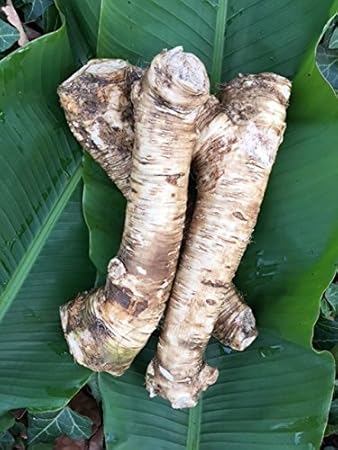Thus far, we have been harvesting the scallops, potatoes and beans, kale and herbs. The little greens in the middle planter box have been thinned. Kennedy and I have better defined the raspberry border and Kennedy has weeded a definite space around the strawberries. The OIKOS students have planted garlic in the potato bed. We'll likely get garlic
and potatoes in that bed next spring. I've never combined those two before, so this'll be interesting. I wonder if I won't have to add garlic to my mashed potatoes... More gleaning and weeding are to come.
 |
| Potato bed with garlic hiding |
 |
I dug a shallow trench around these raspberries, lined it with landscaping fabric and filled it with rocks.
That should keep the weeds out long-term. |
 |
| Edward the mole's work |
The plants are starting to wind down for the winter. Stubborn beans are putting out their last vibrant flowers. The blueberry leaves are burning to a dull red color and the spent raspberry stalks are beginning to yellow in earnest. The season-old kale drooping over the planter box reminds me of an old woman sitting on her rickety front porch soaking in the afternoon sun. Only the hardy bumblebees and the occasional hurried honeybee are visiting the last flowers. Hummingbird chattering is seldom, while caws and dark crow shadows circling the compost pile are more frequent. Things are still green, just less so. The garden is putting forth its last effort before it goes to sleep once more.
However, one plant is doing just fine. And it'll continue as green as always through the winter. Hedera helix, or English ivy, has been planted around campus as a ground cover and has been doing a wonderful job in that department. So wonderful, in fact, that it's beginning to cover the ground around the planter boxes. It's already been cleared far enough away from the boxes for the time being (thank you OIKOS!), but we will undoubtedly need to clear it again this year.
 |
| OIKOS cleared the ivy last week. There was a bush in there! |
For those who may be unfamiliar, English ivy is a dark green vine with extremely aggressive growth. If left unchecked, ivy can surround flat ground, buildings, old cars and even whole trees. The plant spreads vegetatively at a remarkable rate and colonizes far away places with berries that entice local birds like robins and waxwings. Sometimes even light amounts of herbicide can just drip off the waxy coating on the leaves. The plant itself is mildly poisonous when ingested. In Washington, it is a Class C invasive species, so while it is recognized as invasive, it is perfectly legal to plant it as a ground cover.
 |
| Berries at various ripening stages. |
 |
| The ivy next to the garden is producing a second batch of flowers. At first I only saw paper wasps pollinating them, but now I've been seeing native wasps, hoverflies and the occasional bee. |
As a botanist, I find English ivy's success rate fascinating. But as a Pacific Northwest native plant specialist, I also find it alarming. The plant can tolerate a variety of conditions, but it prefers moist soil and part to full shade. Sounds a lot like your average western Washington forest. Sections of the woods next to campus are suffering due to this invasive non-native. It is slowly replacing small plants on the forest floor, like tellima and salal. The ivy is creeping up the Douglas firs, trees that would not tolerate the shade of the vines well. The invasion has not progressed very far as of yet, but eventually large sections of ivy will need to be removed.
 |
| Long-term English ivy infestation on big leaf maple and Douglas fir on a Pacific Northwest roadside. |
The best method of removing it would be to pull it out manually. You cut the above-ground growth part-way and then pull out the rest with the roots, which are fairly shallow. The vines are tough, tougher than your hands, so gloves are advised. Also of note is the occasional allergic reaction, which will show up as red patches or mild blistering on the skin. Removing English ivy from trees is also a simple process. You cut about 2-3 feet of the ivy from all the way around the trunk. The vines will have embedded themselves into the bark, so you may need a screwdriver to remove them from rough bark. Old vines can become firm like wood, so a small saw may be required to cut them. (In the bio lounge in Old Main, there is a sample of how wood-like the ivy stems can get on older vines.) Pulling out English ivy by hand is a lot of hard work, but it is a simpler process than removing Eurasian milfoil, purple loosestrife or even vinca.
 |
| The ivy left on the tree will die off in the coming weeks. Leaves will brown and fall, allowing sunlight to reach the tree branches. The stems will rot more slowly. The ivy in this picture was just cut. |
The ivy on the west side of the garden will be a continuous battle. But periodic removal should keep it from interfering with our lovely little plants.









